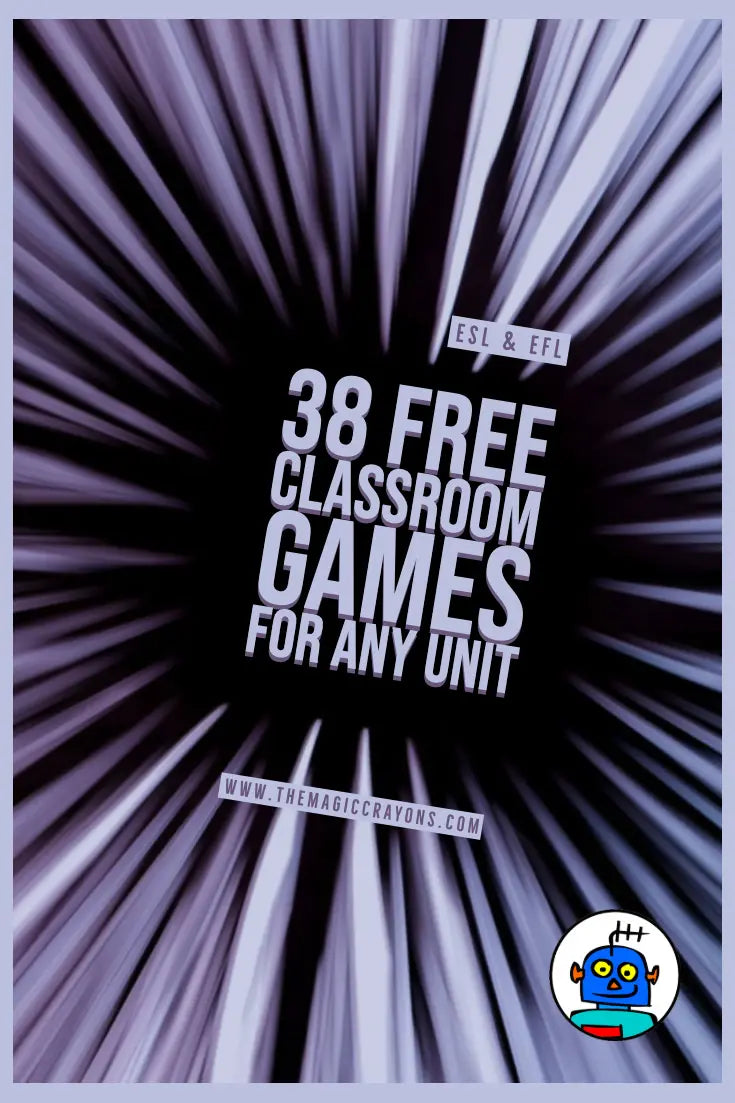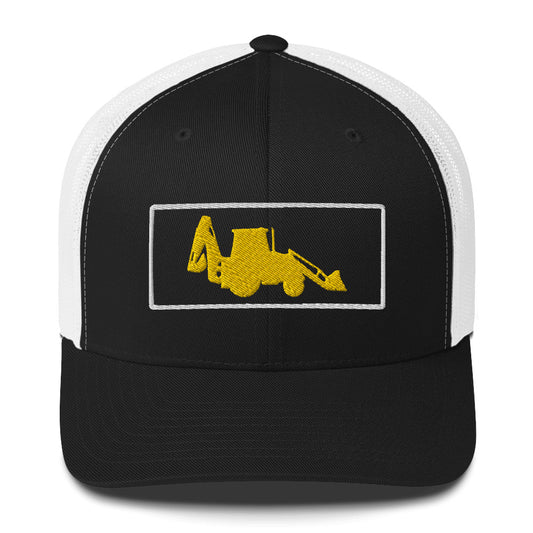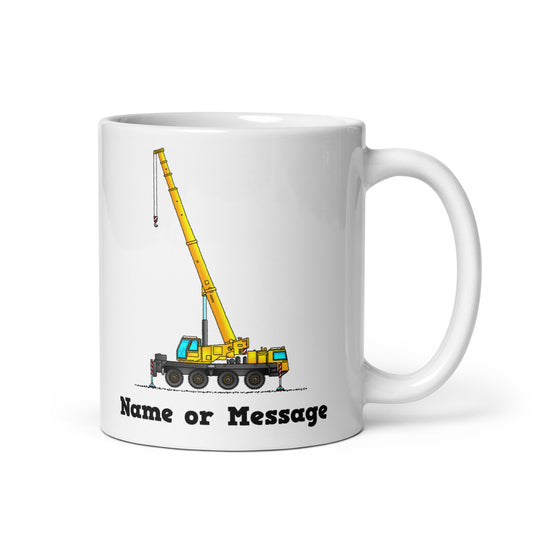>Games >Any Unit Games
-
1. Crazy Bus!
Resources
How to play
Put the children in a circle and have them sit down. You become a Crazy Bus using the F/C as a steering wheel.
Drive around stopping at each kid asking them to identify a lash card. Once they say the card they form a train(bus) behind you. Everyone says “Lets Go”!!!!!!! Continue until all the kids are in a train behind you and crash the bus. (Bradley)
-
2. Baseball
Resources
How to play
Draw a baseball diamond on the paper or whiteboard and place a pile of flashcards in the middle of it. Divide the students into two teams and give each team some counters. The teams take turns at bat.
The first student on the team at bat puts her counter on home plate and draws a card from the top of the pile. If she can identify the card (or answer a question about it), she moves her marker to first base. The next student on her team then draws the next card, & so on.
Play continues until one team strikes out, and the teams switch. The team with the most points - or ‘home runs,’ though they aren’t technically home runs - wins the game. -
3. Roulette Game - Do You Feel Lucky?
Resources
How to play
Class size: whole class
Additional productive/receptive English: Show me please. What this? It’s a___. Stand up. Sit down. Make a circle. Cards please. Here you are.
Set up:
Introduce or review that units vocabulary.
Have all children sit in a circle
Shuffle shuffle about 10 FCs.
Show them them you are putting the scary ghost card into the pack and shuffle again.
Walk to the centre of the circle and put the deck of cards down, making a big deal of not letting them see them.
At this point the children will generally surge excitedly towards you. Sit on the pile of cards and refuse to move until they make a circle. Doing this once strongly enforces the game rules and really helps the game run smoothly.
You join the circle.
Stand up and get the top FC. Return to your seat without showing the card. Do this very clearly so that the children do the same.
“Show me please”. Raise the card clearly above your head and insist all children say “Its a_____”
Its then the turn of the student next to you to do as you did. For the first few students walk with them to the centre, after that just tapping them should work.
When a child reveals the ghost card, happy chaos will ensue. I usually pick up that child and run around the room with them as they clutch the card. This way I can reassure them if they look tearful, or control them if they are likely to get over excited.
As this game can be used any month, it will take very little modelling time the next occasion you use it. -
4. Head Top
Resources
How to play
Receptive Language: Stand up, sit down, turn around, etc
Productive Language: unit vocab
Game Explanation: After a quick review of stand up / sit down. Show the students a flashcard. The first student to correctly identify the card has the card placed on his head and must stand up / sit down on your command without letting the card fall. Possible variations include having the students turn around, jump, or follow increasingly complex instructions (‘Walk over there and touch the window’, etc). -
5. You Feel Lucky, Punk? Well, Do Ya?
Resources
How to play
Review cards. Call out a boy and girl and stand them "back to back" at the front of the class. Shuffle the cards and give each a card, face down. Set the scene...add in some cool sounds effects like wind and tumbleweed blowing around - it's showdown time! Get the class call out with you - "ready-steady-go!" then each kid counts out 5 paces away from each other (like a high noon shootout situation), then turns
around and reveals their card to the other kid. So with the class, call out "1-2-3-4-5-draw!". They then have to call out their opponent's card to "shoot" them. Keep points between girls and boys team. Give easier cards to the struggling team to keep things
balanced. -
6. John Fruciante
Resources
How to play
Set up: Kids line up in two teams opposite each other. Get them to sit down with legs out in front of them, shoes touching. Make sure they arespaced out so that there are gaps between each pair. Place aflashcard between the shoes of each pair, so that they are holding itup with their shoes. It should look like Johns Fruciante's guitar atthe end, with all the pairs of kids forming the "frets" of the neck.Then you call out a random flashcard and the pair have to stand up, race around to the top of the guitar neck, then jump over the legs of all the other pairs, going from one end of the guitar to the other. Then they run and sit down. First to complete this wins a point.Keep score.
-
7. Crazy Pass
Resources
How to play
Time: 10 minutes
Receptive Language: ‘What’s that?’
Productive Language: ‘It’s a ______’
Game Explanation: Have students sit in a circle and give one student a FC. Play some upbeat, crazy music and have the students pass the card around the circle. When the music stops the child holding it has to stand up and say the name of the object / animal on the FC. After each round add another card to the circle. After a while you will have a crazy flurry of cards going around the circle. Play for several rounds and try and let everyone (who wants to) have a turn. -
8. Line Pass
Resources
How to play
Time: 10 minutes
Receptive Language: ‘Pass, pass!’
Productive Language: ‘It’s a ______’
Game Explanation: Divide the students into two or more lines and have them sit down. Give the first student in each line a FC. When you say “Go” the students have to pass the card over their heads down the line from child to child. When the FC reaches the end of the line the last student races to the front and gives the card to you. Ask them what is on the card. Give points to the fastest team. The children who were last in line then move to the front. Play several rounds. For Nen Sho classes don’t worry about giving out points. -
9. Action Tic Tac Toe
Resources
- Flash Cards
- Foam ball (Amazon #Ad)
- Bean bag (Amazon #Ad)
How to play
Time: 5-7 minute
Receptive Language: instructions
Productive Language: flashcard vocab
Game Explanation: Lay 9 flashcards on the floor in a 3x3 grid. In pairs or teams, students compete to throw a ball or beanbag at the grid & identify the flashcard the ball lands on in an attempt to make a line of Xs or Os.
Note: You might have to introduce Tic Tac Toe to the students first.
-
English Alphabet Phonics Flash Cards | 16 Sets | Digital Download
Vendor:The Magic CrayonsRegular price $1.50 USDRegular priceUnit price per$3.00 USDSale price $1.50 USDSale -
English Shapes Flash Cards, Digital Download
Vendor:The Magic CrayonsRegular price $1.50 USDRegular priceUnit price per$3.00 USDSale price $1.50 USDSale -
English Weather Flash Cards | Digital Download
Vendor:The Magic CrayonsRegular price $1.50 USDRegular priceUnit price per$3.00 USDSale price $1.50 USDSale -
English Clothing Flash Cards | Digital Download
Vendor:The Magic CrayonsRegular price $1.50 USDRegular priceUnit price per$3.00 USDSale price $1.50 USDSale
-
10. Battleships
Resources
- Flash Cards
- Battleship game (Amazon #Ad) or homemade equivalent made of paper or drawn on whiteboard
-
How to play
Time: 10-12 minutes
Receptive Language: instructions, letters, numbers
Productive Language: letters, numbers, unit vocab
Game Explanation: You can either play this in the classic, old-school way - i.e., with the actual game, & the students attempting to sink each other’s battleships by calling out letter/number combinations - or make your own-vocab-based version using either paper or a whiteboard. Prepare 2 letter/number grids beforehand, each with the same number of ‘battleships’ - vocab terms - scattered around on the grid. Give each team the matching cards for the words on their grids. Taking turns, the students (or teams) attempt to ‘sink’ the opposing team’s words by calling out points on the grid (e.g., ‘A five!’). If they score a hit, the other team must tell them what letter they’ve ‘attacked.’ The teams only score a point when they can identify the battleship/word they’ve sunk, at which time the other team gives them the appropriate card. Continue play until one team’s been completely wiped out.
Note: It might be a good idea to introduce the students to this activity by playing a stripped-down, easier version to begin with, & only introduce the letter/word angle once they’ve mastered the concept.
-
11. Allen
Resources
How to play
Time: 5 minutes
Receptive Language: Stand up, sit down, turn around, etc
Productive Language: unit vocab
Game Explanation: After a quick review of stand up / sit down. Show the students a flashcard. The first student to correctly identify the card has the card placed on his head and must stand up / sit down on your command without letting the card fall. Possible variations include having the students turn around, jump, or follow increasingly complex instructions (‘Walk over there and touch the window’, etc). -
12. Basket Toss
Resources
- Flash Cards
- Foam Dice (Amazon #Ad). Large die are less likely to be lost)
How to play
Time: 5-7 minutes
Receptive Language: instructions, commands
Productive Language: various
Game Explanation: Two (or more) teams. Students take turns throwing a soft die into a basket. If the die goes in, the team scores 10 points; if not, the team receives the number of points on the die. Before the students can throw their die, they must either identify a flashcard or perform a task assigned by the instructor, such as ‘Jump’ or ‘Touch your nose’ or ‘Open the door,’ etc. -
13. Beatmania
Resources
How to play
Time: 10 minutes
Receptive Language: instructions, flashcard vocab
Productive Language: flashcard vocab
Game Explanation: Using simple examples (names, etc) and handclaps, introduce the students to the concept of ‘beats’ or syllables in English. Contrast the correct English pronunciation of, for example, ‘cat’ (one syllable/beat) with the typical Japanese pronunciation (‘ca-tto’). Spread the flashcards out in front of the students. On the whiteboard, write a letter and a number (‘E3’). The students race to find a card beginning with that letter and containing the same number of beats or syllables as the number (‘elephant’). The student (or team) with the most cards is the winner. -
14. Bingo
Resources
- Flash Cards
- Bingo Cards (Amazon #Ad)
How to play
Time: 8-10 minutes
Receptive Language: various
Productive Language: various
Game Explanation: An old and much-loved favourite which has the added benefit of already being familiar to your students. Numbered and perforated bingo cards (along with a deck of call-out cards) are available at most convenience stores, and most department stores carry fancier versions of one kind or another; you can also create your own bingo sets featuring whatever target language you want to focus on. Team and individual challenges are possible and the sky’s the limit when it comes to variations. Let your imagination run wild.
Note: Be sure to encourage your students to talk when you play Bingo, as there’s no sense in having them only listen as you call out the numbers or vocabulary words. -
15. Bomb Game
Resources
- Flash Cards
- Kids Wall Clock (Amazon #Ad)
How to play
Time: 6-8 minutes
Receptive Language: flashcard vocab, bomb
Productive Language: flashcard vocab
Game Explanation: Students sit in a circle. Take the clock off the wall and either place it in the centre of the circle or hold it in such a way that all the students can see it easily. The students pass a flashcard around the circle, identifying it before passing it to their neighbour. Whoever’s holding the card when the second hand reaches a predetermined point (or points, i.e. 6 and 12) explodes, gets hit with a plastic hammer, ejected, rejected, suplexed, etc. If a student is stalling in order to make his neighbour explode, hide the face of the clock. This game can also be played, of course, with music instead of a clock. -
16. Bowling
Resources
- Flash Cards
- Small Sports Balls (Amazon #Ad)
How to play
Time: 8 minutes
Receptive Language: instructions, flashcard vocab
Productive Language: flashcard vocab
Game Explanation: Divide the students into teams. Prop the flashcards up across the room from the teams. The students then compete to knock the cards over with the balls. Make sure they identify the cards they manage to knock over. -
17. Calling Cards
Resources
How to play
Time: 5 minutes
Receptive Language: instructions, flashcard vocab
Productive Language: flashcard vocab
Game Explanation: Give each student a flashcard. Call out a card (or a student’s name). The student so named or holding the card you’ve called must stand up and yell out the flashcard word. Gradually increase the speed until you’re calling out cards (or names) continually. -
18. Cassette Player
Resources
How to play
Time: 6 minutes
Receptive Language: stop, play, rewind, fast forward, pause
Productive Language: stop, play, rewind, fast forward, pause
Game Explanation: Draw a triangle with the point facing right on the whiteboard (just like the ‘play’ button on many stereos). See if the students can guess what it is. Then, one by one, draw a ‘stop’ square, a ‘fast forward’ double triangle, & so on. Review the terms with the students. Start counting, saying the alphabet, or running through any obvious sequence (with reference to a classroom poster, if possible), while the students call out instructions, such as ‘Stop!’ or ‘Rewind!’ Once the students are familiar with the terms and their consequences, encourage them to use them in class, while you can also use it in various activities.
-
19. Clap And Say
Resources
-
How to play
Time: 5 minutes
Receptive Language: instructions, flashcard vocab
Productive Language: flashcard vocab
Game Explanation: Students sit in a circle. Establish a slow, easy clapping rhythm. Clearly call out, in rhythm with the clapping, an English word (either at random or within a clearly defined category). The student sitting next to you repeats the word and maintains the rhythm (or, alternately, says your word and a word of their own, or simply a word of their own in the same category). Continue around the circle until a student loses the rhythm, forgets one of the words in the sequence, or can’t think of anything to say. Punish them in an appropriate manner (i.e., kindly). Alter the speed and rhythm of the clapping to keep the students interested and to vary the difficulty level. This game can be modified so that all of the students have a card or two in front of them, so that if you (while still clapping to the rhythm) call out a student’s card, they must say their own card before calling out another student’s card, with play continuing until a student can’t keep up, say another card, etc.
-
20. Categories
Resources
How to play
Time: 10 minutes
Receptive Language: instructions, flashcard vocab
Productive Language: flashcard vocab
Game Explanation: Two teams. Divide the whiteboard into two sections, one for each team. One student from each team takes a marker and stands at the board. Announce a topic (animals, colours, food, etc). The student at the board has one minute to write (or draw) all of the words he or she can think of in that category, while the other members of their team call out further suggestions. Each word (or picture) scores one point for each team, and the team with the most points wins. Have the students swap, call out a new category, and continue. -
21. Categories Advanced - If You Could Read My Mind
Resources
- Flash Cards
- Pencils (Amazon #Ad)
How to play
Time: 10-12 minutes
Receptive Language: instructions, flashcard vocab
Productive Language: flashcard vocab (plus extensions)
Game Explanation: Give each student a sheet of paper and a pen/pencil. Ask them to write the numbers 1 to 10 in a vertical line down the page. For each number, give the students a category. The challenge for them is to try and think what example you, the instructor, will choose for each category (and which you’ll write down on your own numbered sheet).
After you’ve finished all ten categories, compare your answers with the student’s answers. Each correct match scores 10 points (for example, if the category was ‘a yellow fruit’ and you’ve written ‘banana’ on your sheet, each student who’s also written ‘banana’ scores 10 points).
Note: This game will probably only work with advanced - i.e., elementary school age - students. You may wish to allow them to draw pictures or write in katakana, provided they respond verbally to you in English. Keep a close eye (and ear) on their pronunciation. -
22. Circle Of Steel
Resources
How to play
Time: 10 minutes
Receptive Language: instructions
Productive Language: flashcard vocab
Game Explanation: Students sit in a circle with a pile of face-down flashcards in the middle and take turns drawing cards. If they can name the card, they keep it for a point. If they can’t name it, it’s placed in another pile, face-up, in the circle. If they pick up a ‘person’ card, it’s unlucky and they must place all of their cards in the face-up pile. If they draw (& identify) an animal card, it’s lucky and they collect all of the cards in the face-up pile. When all of the cards have been picked up, the student with the most cards wins.
Note: A good review game at the end of the term or year. -
23. Class vs Sensei ID Battle
Resources
How to play
Time: 5 minutes
Receptive Language: ‘What’s this?’
Productive Language: unit vocabulary
Game Explanation: A quick warm-up / review. Sitting in front of the class with a stack of flash cards (you may want to include cards from previous months as well as the current month’s), demonstrate to the students that you will show them the cards one by one & that if any of the students can correctly identify the cards, the entire class scores a point, whereas if they cannot, you, the teacher, score a point. Continue until you’ve gone through the entire stack & have the students count the final scores with you.
Note: Try not to win, but work some obvious cheating in to amuse the students. Guaranteed to work. -
24. Concentration (Shinkeisuijaku)
Resources
- Flash Cards (2sets of cards: alphabet, number, units, etc)
How to play
Time: 10 minutes
Receptive Language: instructions, flashcard vocab
Productive Language: flashcard vocab, ‘My turn’ etc
Game Explanation: Students sit in a circle. Shuffle two sets of cards together and arrange them facedown in a pool or grid. Each student takes turns flipping two cards over, naming the cards and, if a match is made, scoring a point and continuing.
Note: This game is easily adapted to any age group or level. -
25. Cops And Robber (Reflexes)
Resources
How to play
Time: 10 minutes
Receptive Language: instructions, flashcard vocab, ‘cops and robbers’ or ‘police and robbers,’ etc.
Productive Language: flashcard vocab
Game Explanation: Divide the students into two teams, the Cops and the Robbers, and have them line up on opposite sides of the room, facing each other, with a card pool between them. Call out a flashcard. Either en masse or by a numbering/naming system, the robbers race to take the card before the police can stop them (by tagging them). There are several ways to vary this activity, the most obvious being to have no fixed ‘cops’ and ‘robbers’ but having the students from either team try and grab the card first; whoever does so becomes a ‘robber’ and must escape the clutches of the ‘police’ by racing, with the card, back to his teammates. If he is tagged by the police before reaching safety, the cops win the poin -
26. Don't Feed The Snake
Resources
How to play
Time: 5-8 minutesReceptive Language: instructionsProductive Language: flashcard vocabGame Explanation: Get the students to sit in a big, loose circle. Review the target flashcards. Get down to the children’s level (hunching down in a kind of ‘duck waddle’ works well) & tell them that you’re a big, hungry snake. Demonstrate to the students that the only way they can protect themselves from you is by shouting out a vocabulary word when you approach. Advance menacingly on a student, but give him plenty of time to think of a vocabulary word to deflect you with; remember, your objective is to elicit vocabulary, not to embarrass or frighten the students. Continue for as long as the students seem to enjoy it.Note: As you get to know your students better throughout the course of the year, you’ll learn who’s bold & playful enough to enjoy being snake food.
-
27. Echoes
Resources
How to play
Time: 3-5 minutes
Receptive Language: flashcard vocab
Productive Language: flashcard vocab
Game Explanation: Show a card, say the word, & have the students ‘echo’ you. Show a number of cards in (rapid) sequence, occasionally interjecting a word that doesn’t match the card. Those students who echo you instead of correctly naming the card are subjected to appropriate punishment.
-
28. Fish Game
Resources
- Pencils (Amazon #Ad)
-
How to play
Time: 3-4 minutes
Receptive Language: instructions, ‘Feed the fish!’
Productive Language: flashcard vocab
Game Explanation: Two teams. Draw a fish (big enough to place cards in) on the paper for each team. Students compete to name flashcards. The quicker student gets to feed the card to his team’s fish.
Note: It doesn’t have to be a fish, you know.
-
29. Fishing
Resources
- Flash Cards
- Magnetic Fishing Rod (Amazon #Ad)
- Large Metal Paper Clips (Amazon #Ad)
How to play
Time: 5-8 minutes
Receptive Language: instructions
Productive Language: flashcard vocab
Game Explanation: Make or buy some fishing rods with magnets for hooks. Attach paper clips to the ends of cards so that the students can ‘fish’ for them.’ -
30. Goodbye Jump
Resources
- None
How to play
Materials: noneTime: 1-2 minutesReceptive Language: variousProductive Language: variousGame Explanation: Either before or after leading the students in a rousing version of the Goodbye Song, get them to form a circle & perform some kind of goodbye jump. In the early weeks or months of the year, this can be a simple jump & wave performed at your command, but as the year unfolds it can become increasingly complicated & include whatever extra vocabulary you wish. By the end of the year you may have students asking to do a ‘Super crazy noisy ninja tummy goodbye jump!’
-
31. I Spy
Resources
How to play
Materials: none
Time: 5 minutes
Receptive Language: instructions, ‘I see something ____’
Productive Language: ‘Is it ____?’
Game Explanation: The original & classic. If you like, you can keep it old school & say to the students ‘I spy, with my little eye, something that is ____’ & have the students attempt to guess what it is you ‘spy’ with your ‘little eye.’ If you’re a non-traditionalist, however (or are teaching a class of very young students), you may want to simplify it to ‘I see something ____.’ This does, however, rob the game of its poetry. -
32. Jeopardy
Resources
How to play
Time: 10-20 minutes
Receptive Language: various
Productive Language: various
Game Explanation: Divide the students into two teams & draw a table similar to this on the whiteboard (feel free to substitute whatever categories you want to focus on and have prepared questions for):
Spelling Writing Speaking Reading
10 10 10 10
20 20 20 20
30 30 30 30
40 40 40 40
50 50 50 50Team A then selects a category & a point level they want to try. If they can correctly answer the question they receive the amount of points they’ve asked for & may ask for another question. If they cannot answer the question correctly, the other team gets a chance to do so, & so on.
Note: There’s absolutely no need to insist on that ‘Phrase your answer in the form of a question’ requirement. -
33. Please Please Mr. Postman
Resources
How to play
Time: 3-4 minutes
Receptive Language:
Productive Language:
Game Explanation: How to play: Two teams, with a card pool at the other end of the classroom from the lined-up teams. Give the student at the end of each team line a folded up 'letter' (card photocopy). The letter is passed from team member to team member to the first student in line who unfolds it, races to the card pool, & takes the matching card, says the vocab, scoring a point for his or her team in the process if he or she is the faster student to do so. Each student, whether they score a point or not, gets to keep his or her letter; if there is enough time in the lesson after the game, get the students to colour their letters. -
34. Race Games
Resources
How to play
Time: 5-8 minutes
Receptive Language: various
Productive Language: various, flash card vocab
Game Explanation: Either one by one or in teams students compete to name flash cards. The winner advances along a track drawn on the whiteboard, either one step at a time or according to dice rolls. As a variation, make each square of the track a different category (fruit, animals, etc). Be creative with the track itself: draw it with various pitfalls, detours, arrows, snakes & ladders, etc.
Note: Using a track of some kind can be a more interesting method of keeping score between teams than the standard but unexciting ‘How many cards do you have, Team A?’ system. -
35. Rock Scissors Paper - The Movie ! The Race !
Resources
How to play
Time: 5-7 minutes
Receptive Language: instructions
Productive Language: rock, scissors, paper, flashcard vocab
Game Explanation: Arrange the target flashcards in a circle on the floor & get the first two players to stand on a card across the circle from each other. Students play rock scissors paper & whoever wins advances clockwise around the circle depending on how they won: rock, forward one space; scissors, two; paper, three. Make sure that they say each card that they step on as they move around the circle. Whichever student catches up to the other is the winner. Start again with 2 more students & play until everyone’s had a chance. Don’t be afraid of stepping into the ‘squared circle’ yourself from time to time. -
36. Saved
Resources
How to play
Time: 5-7 minutes
Receptive Language: instructions, various
Productive Language: flash card vocab
Game Explanation: Two teams. Divide the whiteboard in half; on each side of the board draw a boy or girl (or the class members, if you like) floating in the air supported by a bunch of balloons, while a hungry shark (or monster, alligator, etc) waits in the water below. Teams compete to name flashcards. If Team 1 answers first, erase one of the balloons supporting Team 2’s floating character. The losing team, obviously, is the first to fall into the hungry jaws of the beast below. Feel free to draw the appropriate gore when this occurs. -
37. Straws
Resources
- Flash Cards
- Straws (Amazon #Ad)
How to play
Time: 5-8 minutes
Receptive Language: instructions
Productive Language: various
Game Explanation: Divide the class into 2 teams & give each student a plastic straw. The first student on each team must pick up a piece of paper from a pile at the head of the lines using only the straw, run to the opposite end of the classroom, & deposit the paper in a bowl or box. If they drop the paper they must start again. The entire team must successfully deposit their paper & be sitting down in a line again to win.
Note: As a variation, prepare some paper scraps with various letters of the alphabet written on them. Students must run to the letter pile &, using only their straws, pick out & pick up whatever letter you call out. The first student to successfully deposit the letter in a bowl or box at the head of his or her team’s line scores a point. -
38. Whistling Crackers
Resources
- Flash Cards
- Rice Crackers (Amazon #Ad)
How to play
Time: 5 minutes
Receptive Language: instructions, rice cracker, whistle
Productive Language: none
Game Explanation: Practice whistling with the students & give each student 3 crunchy rice crackers. On your command, the students must put chew all 3 crackers at once & attempt to whistle. The first student to do so is the winner & has learned a valuable skill.You must check with yur school if food games are allowed. If notm then they work well at staff parties too :-)
Like it Share it?
Best selling gifts
-
Backhoe Trucker Cap, Adult C004
Vendor:The Magic CrayonsRegular price $27.00 USDRegular priceUnit price per$30.00 USDSale price $27.00 USDSale -
Personalized Yellow 8-Wheeled Crane Mug
Vendor:The Magic CrayonsRegular price From $20.00 USDRegular priceUnit price per -

Unisex Hypoallergenic Cuffed Beanie with Embroidered Forklift - Perfect for Drivers and Operators
Vendor:The Magic CrayonsRegular price $24.75 USDRegular priceUnit price per$27.50 USDSale price $24.75 USDSale -
Forklift Certified Trucker Hat In 13 Colors
Vendor:The Magic CrayonsRegular price $27.00 USDRegular priceUnit price per$30.00 USDSale price $27.00 USDSale











